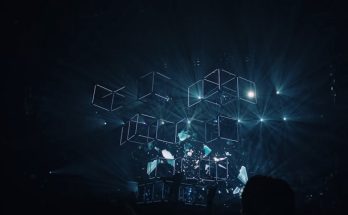In the age of present-day technology, the design of plastic parts has become inseparable in the field of materials engineering. These plastics are increasingly replacing traditional materials, such as metal or wood, thanks to their unique properties and processing capabilities. In the following article, we will take you through the process of designing these types of objects, presenting four key stages of manufacture.
The linking stage between science and practice – the selection of the right plastic
The basis for the design of plastic parts is to choose the right material. The use of the final product, its strength or resistance to various environmental factors depends on it. For this purpose material engineers analyse many parameters, such as operating temperature, pressure or humidity. Ecological aspects and production costs are also important, as they often determine the profitability of the project. Ultimately, the right plastic should meet not only technical, but also aesthetic and functional requirements.
Creating a CAD model – precise transfer of the concept to the virtual plane
The next stage of designing plastic components that NOEX, the manufacturer of plastic products, can take care of is to create their computer models. Utilising specialised CAD (Computer-Aided Design) software, engineers transform their ideas into precise models that incorporate all the necessary dimensions and shapes. This allows the design to be analysed and possibly modified at an early stage of the work, saving time and costs associated with the production of prototypes.
Prototyping – putting concepts into practice
Once the CAD model is ready, the engineers move on to the prototyping stage. Owing to 3D printing technology, it is possible to quickly and inexpensively produce a physical sample of the designed element, which enables its functionality and aesthetics to be assessed. Attempting to assemble the prototype in a larger system can also reveal possible design imperfections that can be corrected in the CAD model before series production begins.
Volume production – using different plastic processing techniques
The final stage in the design of plastic parts is series production. Employing a variety of processing techniques, such as injection moulding or extrusion, it is possible to produce a large number of identical items. The critical issue here is choosing the right method to ensure the highest quality products and optimise production costs. It is also worth paying attention to quality control and systematic testing of components, which are an essential part of the process.




